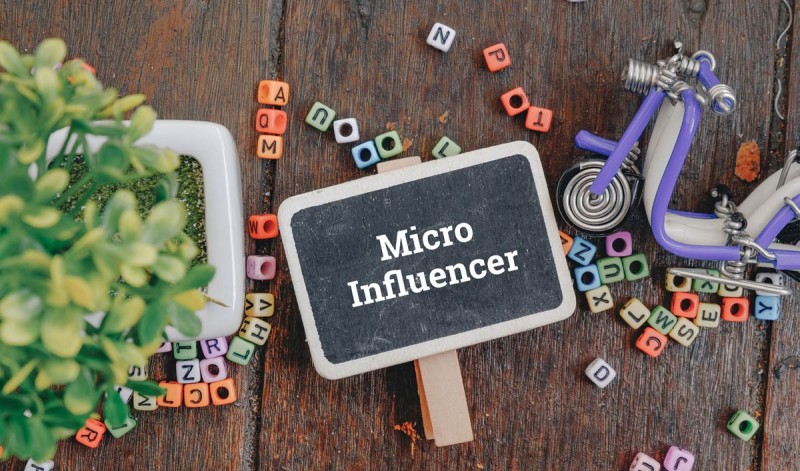
In recent years, influencer marketing has taken the world of social media by storm. As brands seek innovative ways to reach their target audiences, a new trend has emerged: micro-influencer marketing. In this article, we will delve into the concept of micro-influencers and explore their effectiveness in promoting products and services on Instagram.
What are Micro-Influencers?
Micro-influencers are social media content creators with a relatively smaller but highly engaged following. Unlike macro-influencers who have millions of followers, micro-influencers typically have between 1,000 to 100,000 followers. Their influence is concentrated within a specific niche, allowing them to build authentic connections with their audience.
The Growing Popularity of Micro-Influencers on Instagram
Instagram, with its visual-centric approach and extensive user base, has become a hotspot for influencer marketing. Over the years, marketers have recognized the potential of micro-influencers in driving meaningful interactions with niche audiences. As a result, more brands are leveraging the power of micro-influencers to create personalized and compelling marketing campaigns.
Advantages of Using Micro-Influencers for Brands
4.1 Niche Audience Targeting
One of the significant advantages of collaborating with micro-influencers is their ability to reach specific niche markets. Since they focus on a particular topic or interest, their followers share common interests, ensuring that the brand's message reaches the right audience.
4.2 High Engagement Rates
Micro-influencers often boast higher engagement rates compared to macro-influencers. With a smaller following, they can devote more time and attention to interact with their audience. This heightened engagement leads to more meaningful conversations and better brand recall.
4.3 Cost-Effective Marketing
Partnering with micro-influencers is a cost-effective alternative to working with high-profile influencers. As they charge lower fees for collaborations, brands can stretch their marketing budget further and engage multiple micro-influencers for the price of one macro-influencer.
How to Identify the Right Micro-Influencer for Your Brand
5.1 Analyzing Audience Demographics
Before selecting a micro-influencer, it is essential to analyze their audience demographics. Ensure that their followers align with the target demographic of your brand to maximize the impact of the collaboration.
5.2 Authenticity and Brand Alignment
Authenticity is crucial in influencer marketing. Evaluate whether the micro-influencer's values and content align with your brand's identity. A seamless fit will make the promotion more genuine and credible.
5.3 Social Media Reach and Engagement Metrics
Look beyond the follower count and examine the micro-influencer's engagement metrics. Metrics such as likes, comments, and shares can indicate the level of engagement they generate with their audience.
Building Strong Relationships with Micro-Influencers
Building a strong and genuine relationship with micro-influencers is vital for successful campaigns. Brands can achieve this by understanding the influencer's interests and providing them with creative freedom to promote the product or service authentically.
Measuring the Success of Micro-Influencer Campaigns
To gauge the success of micro-influencer campaigns, brands can track key performance indicators (KPIs) such as website traffic, conversions, and social media engagement. These insights will help fine-tune future marketing strategies.
Case Studies: Successful Micro-Influencer Campaigns on Instagram
Several brands have achieved remarkable success through micro-influencer campaigns on Instagram. Case studies of these campaigns can serve as inspiration and provide valuable insights into best practices.
The Future of Micro-Influencer Marketing
The future of influencer marketing is promising, and micro-influencers are expected to play a significant role. As consumers seek more authentic connections, micro-influencers' influence is likely to continue growing.
Ethical Considerations in Micro-Influencer Partnerships
As with any marketing strategy, ethical considerations are essential when partnering with micro-influencers. Transparency, disclosure, and honest communication are key aspects that brands and influencers should uphold. micro-influencers have emerged as powerful allies for brands seeking to connect with niche audiences on Instagram. Their ability to engage authentically and their cost-effective nature make them a compelling option for modern marketers. Embracing the rise of micro-influencers and building meaningful partnerships can open new avenues for brands to thrive in the competitive social media landscape.
The E-Commerce Boom: Transforming Shopping Experiences
Blogging in the Metaverse: Exploring Virtual Realms
Twitter Alteration to X has procured enormous monthly active users